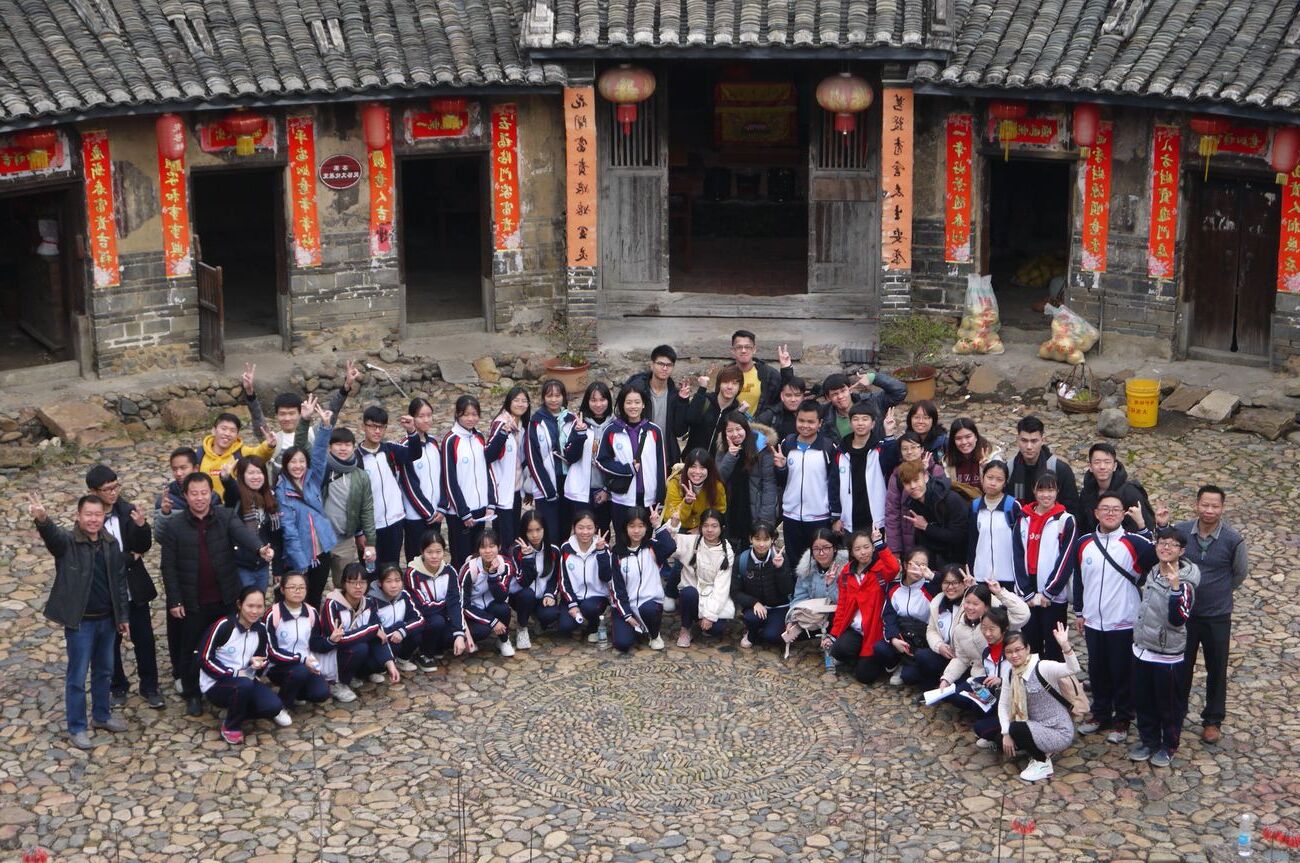
Hakka culture is a rich tapestry of traditions, language, and history that has shaped communities across the globe. Originating from the Han Chinese, the Hakka people have a unique identity marked by resilience and adaptability. Did you know that Hakka cuisine, known for its simplicity and robust flavors, often features preserved ingredients and hearty dishes? Their distinctive roundhouses, called tulou, are architectural marvels designed for communal living and defense. The Hakka dialect, with its own set of tones and vocabulary, stands as a testament to their cultural preservation. From vibrant festivals to intricate embroidery, Hakka culture offers a fascinating glimpse into a world where heritage and modernity coexist. Ready to dive into 28 intriguing facts about Hakka culture? Let's get started!
Key Takeaways:
- Hakka culture, originating from northern China, is rich in language, architecture, cuisine, and family values. Their unique tulou buildings and flavorful cuisine reflect their practical and robust lifestyle.
- The Hakka people's migration history, distinct language, and emphasis on family and community showcase their rich and diverse cultural identity. Festivals and traditional attire add vibrant colors to their heritage.
Origins of Hakka Culture
Hakka culture is rich and diverse, with a history that spans centuries. Here are some fascinating facts about its origins and development.
- Hakka people are believed to have originated from northern China before migrating southward over several centuries.
- The term "Hakka" means "guest families," reflecting their migratory history.
- Hakka migration began during the Qin Dynasty (221-206 BCE) and continued through the Song, Yuan, and Ming dynasties.
- They settled primarily in the hilly regions of Guangdong, Fujian, and Jiangxi provinces.
Language and Literature
The Hakka language and literature are integral to their cultural identity. Let's explore some key aspects.
- Hakka language is a distinct Chinese dialect with unique phonetic and grammatical features.
- It has six tones, which can change the meaning of words.
- Hakka literature includes folk songs, proverbs, and poetry that reflect their daily life and values.
- "Hakka Hill Songs" are traditional folk songs often sung during farming and festive occasions.
Architecture and Housing
Hakka architecture is renowned for its unique and practical designs. Here are some interesting facts about their housing.
- Tulou are large, circular earthen buildings that house multiple families.
- Tulou structures are designed for defense, with thick walls and a single entrance.
- These buildings can accommodate up to 80 families, fostering a strong sense of community.
- Tulou are recognized as UNESCO World Heritage Sites for their cultural significance.
Cuisine and Food Traditions
Hakka cuisine is known for its hearty and flavorful dishes. Let's delve into some culinary facts.
- Hakka cuisine emphasizes the use of preserved ingredients like salted vegetables and fermented tofu.
- Signature dishes include "Salt Baked Chicken" and "Stuffed Tofu."
- Hakka food is often described as simple yet robust, reflecting their agrarian lifestyle.
- Traditional Hakka banquets feature a variety of meat and vegetable dishes, showcasing their culinary skills.
Festivals and Celebrations
Festivals play a crucial role in Hakka culture, bringing communities together. Here are some notable celebrations.
- Hakka New Year is celebrated with special foods, lion dances, and family gatherings.
- The "Double Ninth Festival" honors ancestors with rituals and offerings.
- "Hakka Dragon Boat Festival" features dragon boat races and traditional music.
- "Lantern Festival" marks the end of Chinese New Year celebrations with lantern displays and folk performances.
Clothing and Attire
Traditional Hakka clothing reflects their practical and modest lifestyle. Here are some key aspects.
- Hakka women traditionally wear blue or black tunics with wide-brimmed hats for sun protection.
- Men's attire includes simple, loose-fitting garments suitable for farming and labor.
- Festive occasions see Hakka people donning more colorful and elaborate outfits.
- Embroidery and intricate patterns often adorn their traditional clothing, showcasing their craftsmanship.
Social Structure and Family Life
Hakka society places a strong emphasis on family and community. Let's explore some social aspects.
- Hakka families are typically patriarchal, with extended families living together.
- Elders are highly respected, and their advice is sought in family matters.
- Education is valued, with many Hakka families encouraging their children to pursue academic excellence.
- Community gatherings and mutual aid are common, reflecting their cooperative spirit.
The Heart of Hakka Culture
Hakka culture is rich and diverse, offering a unique blend of traditions, language, and history. From their distinctive cuisine to their architecture, the Hakka people have left an indelible mark on the world. Their resilience and adaptability have allowed them to thrive in various regions, preserving their heritage while embracing new influences.
Understanding Hakka culture provides a deeper appreciation for their contributions to global society. Whether it's the flavors of Hakka dishes, the stories behind their migration, or the beauty of their traditional clothing, there's always something new to learn and admire.
By exploring these 28 facts, you've taken a step closer to appreciating the Hakka way of life. Keep this knowledge alive by sharing it with others, and continue to celebrate the rich tapestry of cultures that make our world so vibrant.
Frequently Asked Questions
Was this page helpful?
Our commitment to delivering trustworthy and engaging content is at the heart of what we do. Each fact on our site is contributed by real users like you, bringing a wealth of diverse insights and information. To ensure the highest standards of accuracy and reliability, our dedicated editors meticulously review each submission. This process guarantees that the facts we share are not only fascinating but also credible. Trust in our commitment to quality and authenticity as you explore and learn with us.
